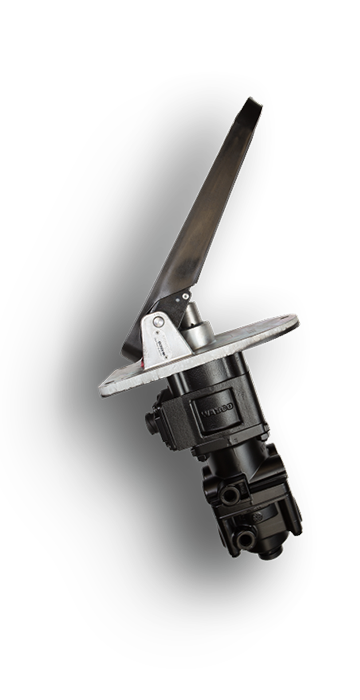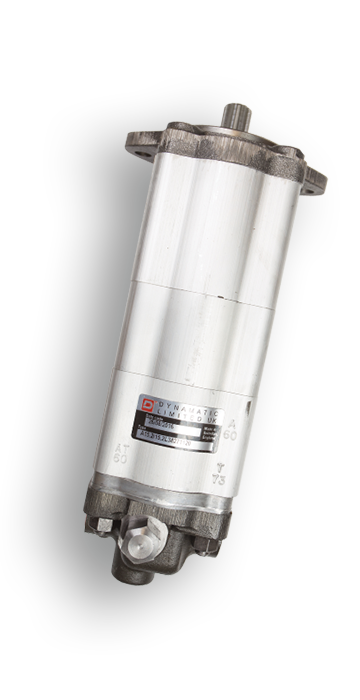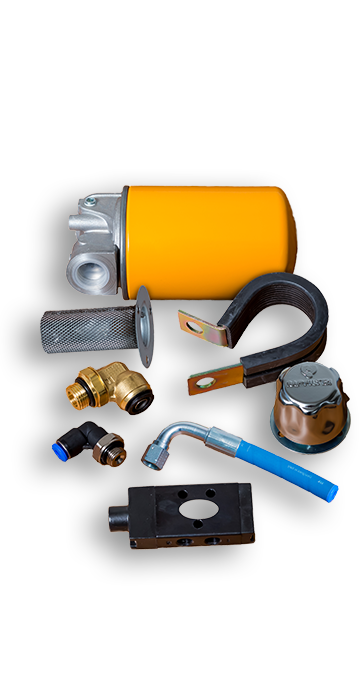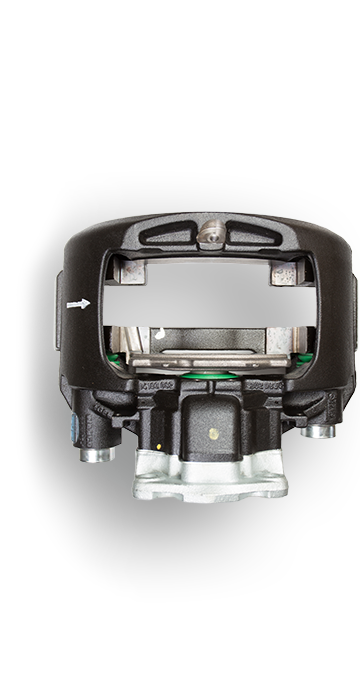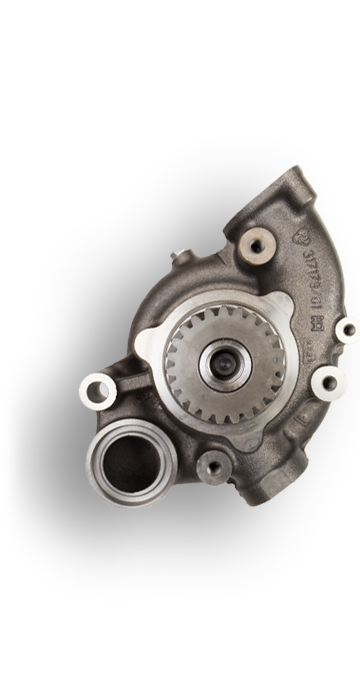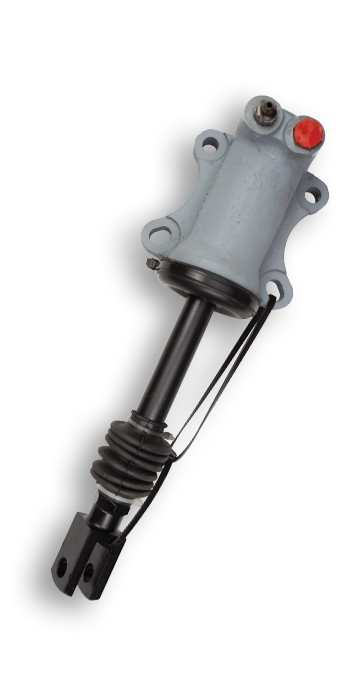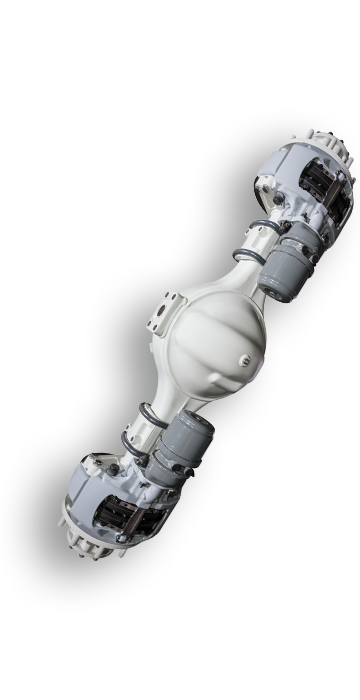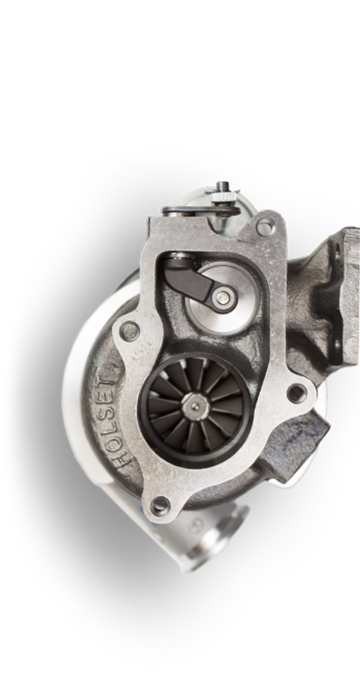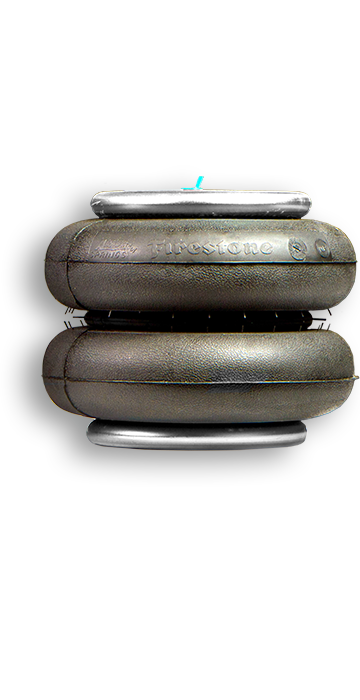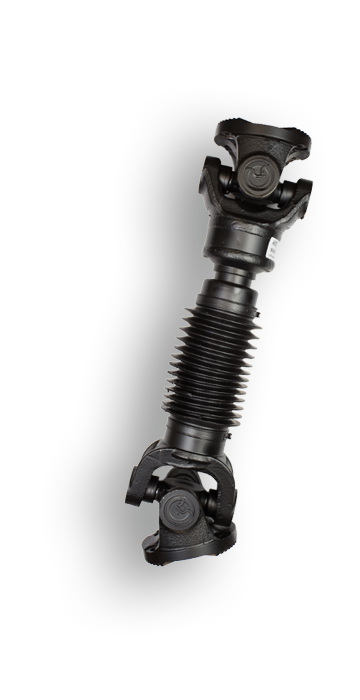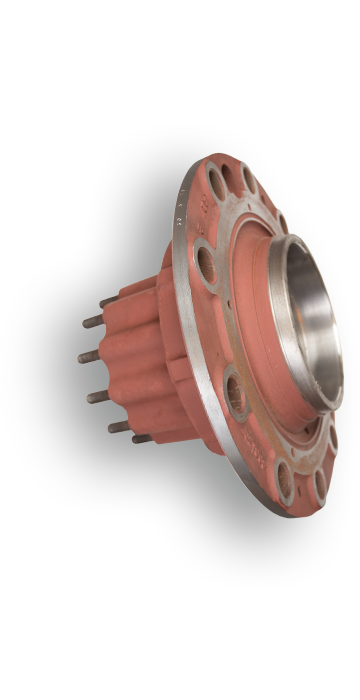The UK bus and coach sector is enjoying something of a renaissance. Statistics published by the Society of Motor Manufacturers and Traders revealed a second consecutive year of growth in 2016. Overall demand rose by 8.0% with the registration of 8,779 new vehicles and more than 2,000 of those were made in the last quarter of the year. This represented a 4.6% uplift on Q4 performance in 2015.
Topping the list of unit types were double-decks, which saw sales grow by more than a quarter (27.9%) to 1,927 units. Minibuses, which account for more than half of the market, also made strong gains, with registrations increasing 9.7% to 4,418, although the year did see a modest decline in the single-deck market, which shrank by 6% over the previous twelve months.
The SMMT’s view was that it was another strong year for bus and coach, boosted by fresh investment from many companies looking to upgrade their fleets. A particular need to acquire the latest low-emission technology was a key driver in 2016’s market growth, not least because of the role to be played by operators in meeting the ever more stringent targets set by Government to reduce air pollution in the UK’s towns and cities.
A move towards the implementation of more environmentally friendly public service vehicles is definitely being welcomed by the fare-paying public. A recent study by LowCVP (Low Carbon Vehicle Partnership) has discovered that bus usage in cities is increasing, due to ‘greener’, more convenient and better connected services.
Entitled Any Journey is Greener by Bus, the report highlights regions around the UK that have experienced the biggest growth in bus patronage. Areas include Bristol (19% increase from 2009/10 to 2015/16), Reading (17%) Milton Keynes (15%) and Oxfordshire (12%). All these have benefited from investment and prioritisation by local councils in making public transport more sustainable, in partnership with operators. Growth is not solely restricted to the south, however. According to the findings, York experienced a 7% increase in bus usage since 2011/12, equivalent to an extra 600,000 passenger journeys per year.
As well environmental benefits, the research also identified that some operators have introduced not just cleaner vehicle technology but also features designed to enhance the travelling experience for regular passengers and attract people back to using buses. These include the provision of real-time travel information, including smartphone apps, integrated ticketing, free onboard WiFi and mobile device charging, improved seating, shorter journey times, better routing and bus priority measures on the road, such as bus lanes.
Commenting on the report, Claire Haigh, Chief Executive of Greener Journeys, which commissioned the study, said: “This new report clearly shows that investment in buses, and prioritisation of bus networks can reap real rewards by increasing passenger numbers and taking more cars off the road with all the economic, social and environmental benefits that brings. We would encourage councils and operators to look at the innovative services, measures for tackling congestion and clean bus technology as a model for raising usage and sparking their own bus renaissance.”
Andy Eastlake, Managing Director, Low Carbon Vehicle Partnership, added: “This shows that innovation in technology is a part of what will make passengers return to buses in greater numbers, particularly in cities of the future where the idea of mobility as a service is becoming a reality. But the industry has to move fast to keep up and deliver the services that passengers expect.”
According to John Dwight, Sales Manager of Imperial Engineering, leading distributor of OE parts for the bus and coach industry, the rapidly advancing demand for greener PSV vehicles will have a significant bearing on the evolution of the parts market over the coming years:
“As technology becomes more sophisticated, generally it has become more durable. With the advancement of diagnostics to further reduce misdiagnosis of faults, so Imperial Engineering expects to see a continual decrease in part failure rates. As a market leader in the supply of brand new parts to the bus and coach sector, our business has already started to diversify its product range to offset any volume reduction in certain areas. We have recently added new product lines but will be seeking to expand our range further in 2017. However, the emphasis remains on supplying the highest quality parts from industry recognised supply partners to ensure we can provide operators with reliability for their vehicles. This is key to growing passenger numbers and reducing downtime costs.”
